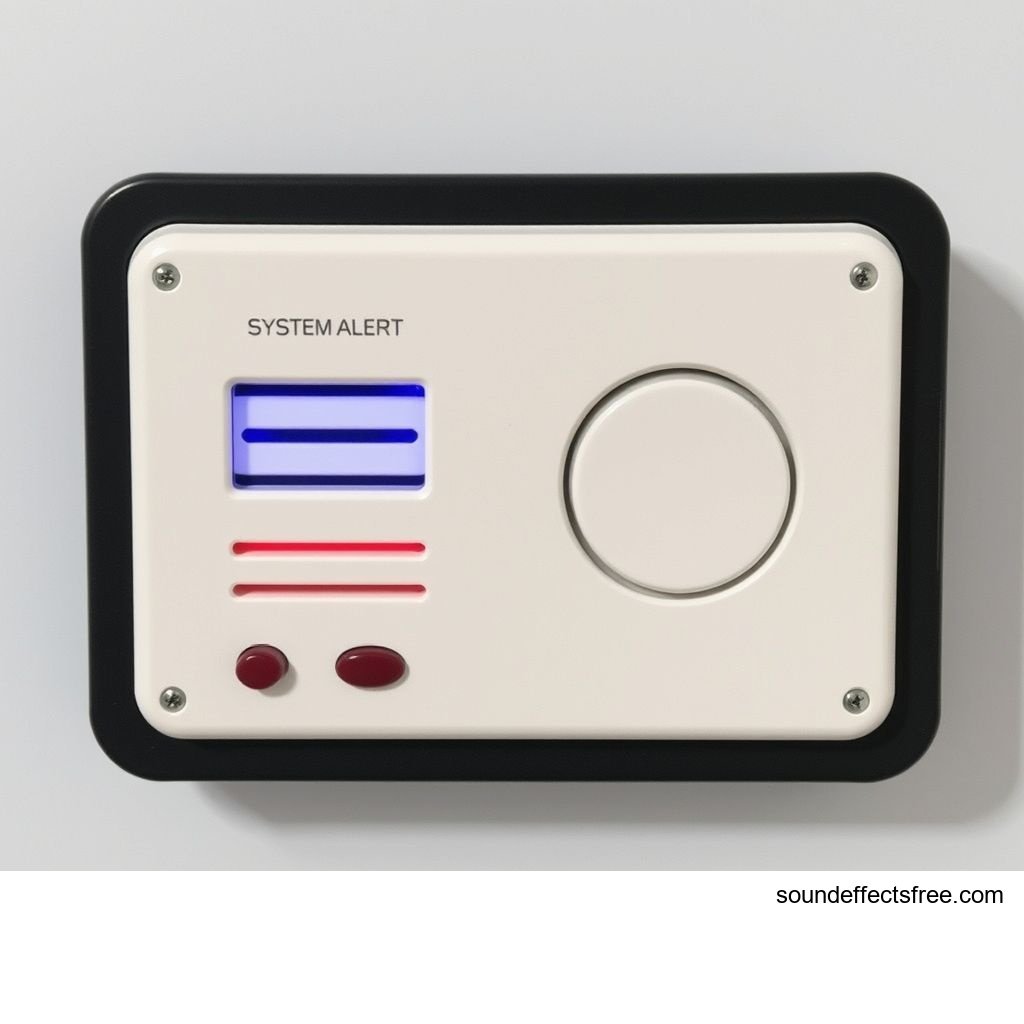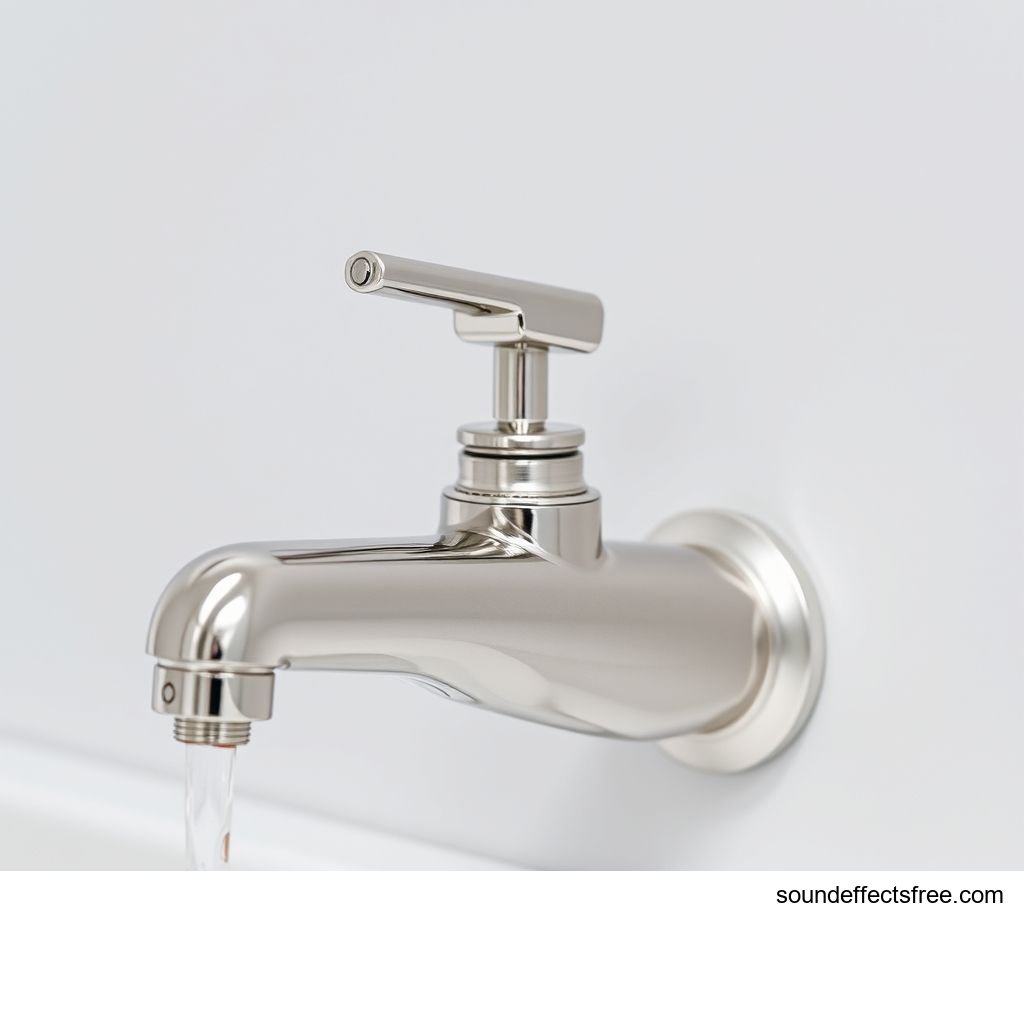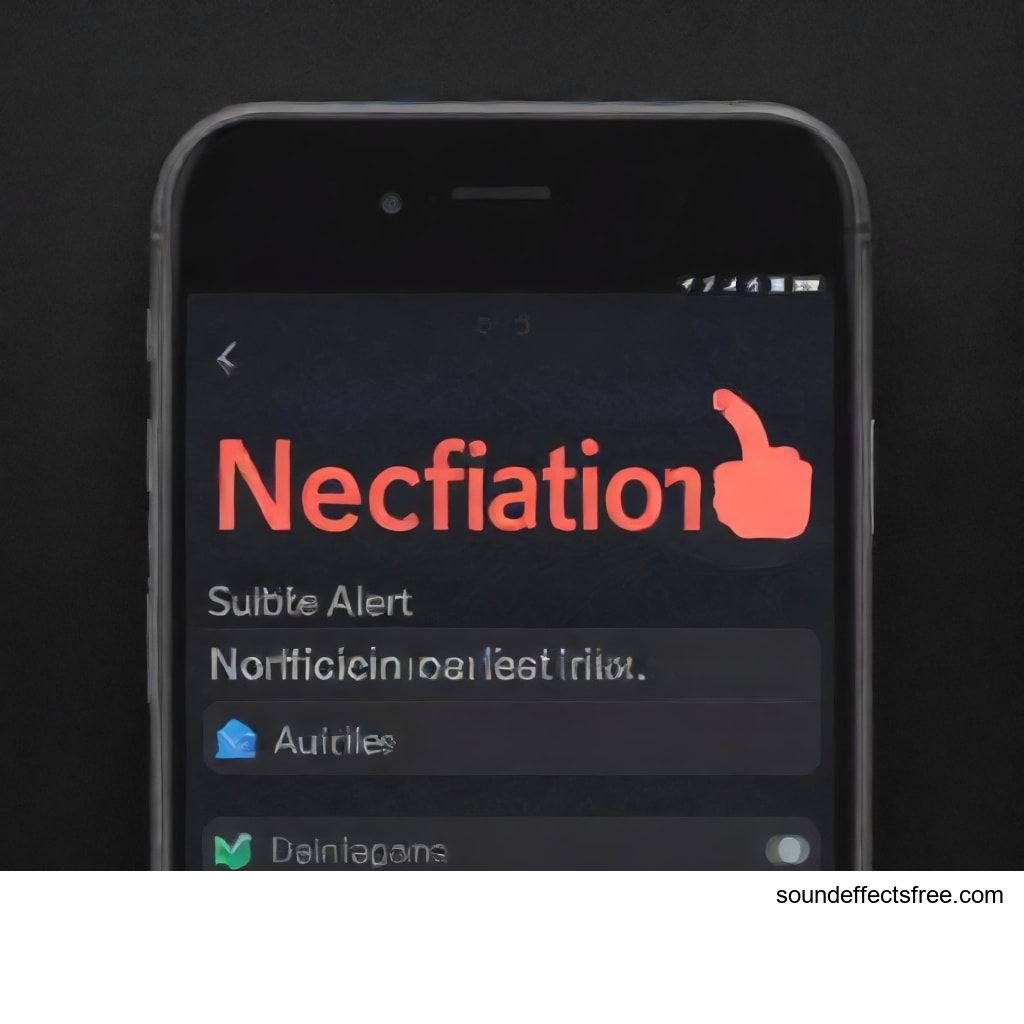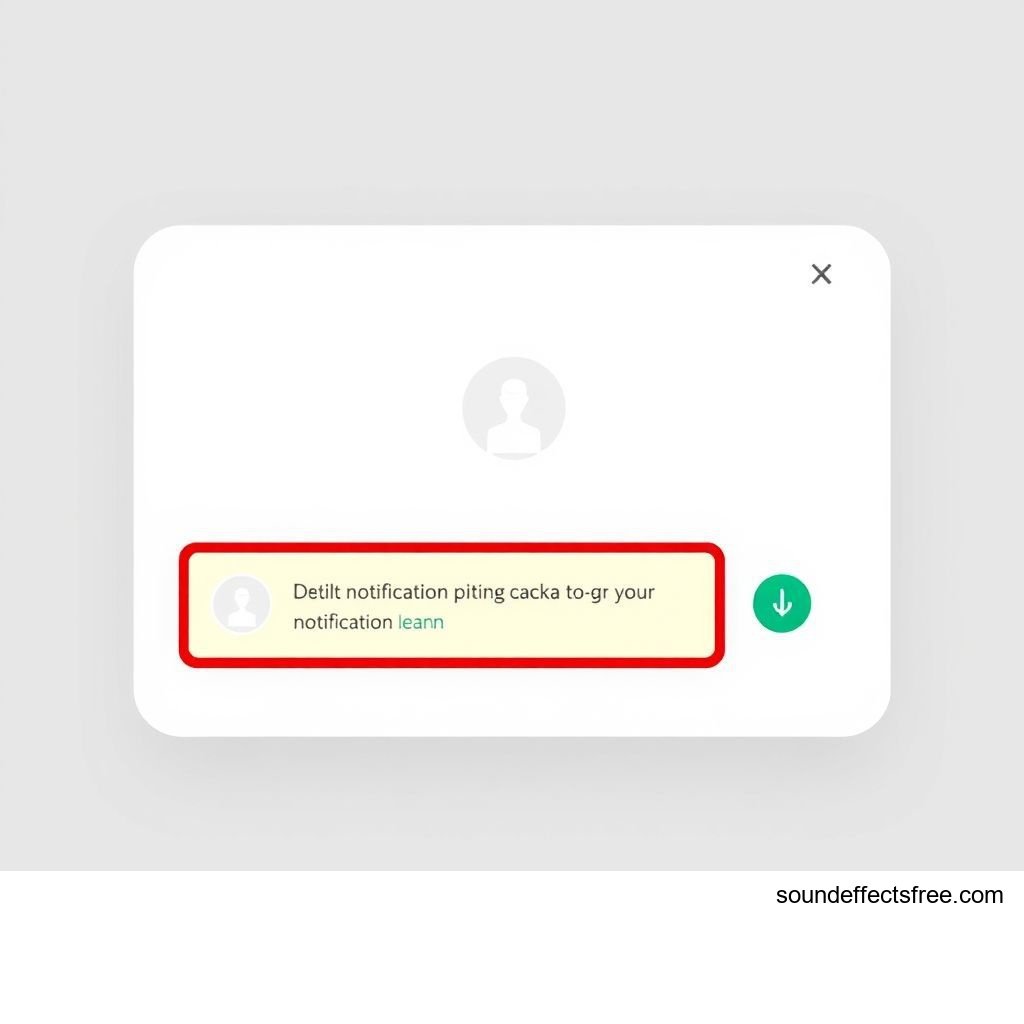UI Button Click: Enhancing Digital Experience
A subtle UI sound can transform user experience. The simple UI button click is more powerful than you imagine. It provides immediate feedback. This small audio cue confirms user interaction. It guides users through digital interfaces. A well-designed UI click sound improves usability. It adds a layer of professionalism to any application. Great UI design always considers audio.
Applications in Media
Digital environments thrive on clear communication. A crisp UI button click delivers this. It signals successful interaction. This sound is vital in various media. Think about your daily digital use. Every UI element benefits from careful audio.
Industry-Specific Uses
The UI button click is universally applicable. In video games, it confirms menu selections. It adds immersion to the gameplay loop. Mobile applications use UI clicks extensively. They make navigation intuitive. Websites employ these sounds for form submissions. Kiosks and smart devices rely on them too. They provide direct audio confirmation. Every successful digital interaction needs feedback. A good UI sound delivers this. This small audio effect enhances the entire user journey.
Creative Techniques
Beyond basic feedback, UI click sounds offer creative depth. They can denote hierarchy. A soft click for minor actions. A more pronounced click for critical decisions. They build brand identity. Unique UI sounds become memorable. They can indicate progress. A series of clicks for a multi-step process. They reduce user frustration. A clear sound confirms that a button was indeed pressed. This prevents repeated accidental clicks. It ensures a smooth and effective UI.
Technical Analysis
Understanding the anatomy of a UI button click is crucial. It allows for better sound design. Every digital sound has unique characteristics. These elements shape its perceived quality. Analyzing these aspects helps create perfect UI audio.
Waveform Characteristics
A typical UI click sound has a sharp attack. This is the initial burst of energy. It is followed by a rapid decay. The sound quickly fades out. There is often minimal sustain. This means the sound doesn't linger. A quick release ensures it doesn't overlap. These short, percussive elements are key. They make the UI click feel responsive. They prevent the sound from becoming intrusive. Precision in these characteristics defines a good UI.
Frequency Profile
The frequency content of a UI click matters. High frequencies often provide crispness. They give the "click" its distinctive edge. Mid-range frequencies add body. They make the sound feel full. Low frequencies are usually minimal. Too much bass can make the UI sound muddy. A balanced frequency profile ensures clarity. It helps the UI click cut through background noise. It makes the digital button feel substantial. A well-tuned UI click is pleasant to the ear.
Production Tips
Creating high-quality UI button click sounds requires skill. It involves careful recording and precise editing. Even a simple UI sound benefits from professional treatment. These tips ensure your digital audio stands out.
Recording & Editing
Start with clean source recordings. Use high-quality microphones. Record various objects for unique textures. Think about small switches or plastic taps. Edit out any unwanted noise. Silence before and after the sound is vital. Apply gentle noise reduction if needed. Trim the sound precisely. Ensure there are no unwanted clicks or pops. Loop the sound briefly if desired. This maintains consistency across the UI. Always aim for clarity and impact in your UI.
Software Tools
Digital Audio Workstations (DAWs) are essential. Programs like Ableton Live or Logic Pro help. They offer powerful editing capabilities. Use equalization (EQ) to shape the sound. Boost high-ends for more crispness. Cut unwanted frequencies for clarity. Compression can help control dynamics. It makes the UI click more consistent. Reverb and delay plugins add spatial depth. Sound libraries offer pre-made UI button click sounds. Pro Sound Effects offers a vast collection. These tools streamline the production of quality UI.
Creative Implementation
Beyond technical purity, creative use of UI sounds elevates user experience. It adds character and distinctiveness. A well-placed UI sound becomes part of the product's identity.
Layering Methods
Combine multiple short sounds. Layer a high-frequency click. Add a subtle, low-frequency thud. Blend different textures for a unique UI. A metallic click over a soft whoosh. This creates a richer, more complex sound. It adds depth to a simple button press. Layering helps differentiate UI elements. Different layers can denote different functionalities. This makes the digital interaction more engaging.
Spatial Effects
Reverb can add a sense of space. A tiny amount gives a sound "air." Delay can create interesting patterns. Use it sparingly for a subtle echo. Panning places sounds in the stereo field. A UI element on the left might click on the left. This enhances immersion. It makes the UI feel more tangible. Spatial effects make the digital world more real. They contribute to a more immersive user interface. Related UI sounds can benefit from these techniques.
Sound Pack Integration
A standalone UI button click is useful. However, integrating it with a complete sound pack is even better. This ensures consistency and quality. A cohesive UI audio experience is paramount.
Using with Other Sounds
The UI button click should blend seamlessly. It needs to fit the overall sonic palette. Test it with other interface sounds. Does it complement a UI Success Chime? Is its volume consistent? Does it feel part of the same design language? Harmony among all digital sounds is key. This provides a professional and polished UI. It prevents disjointed or jarring audio feedback.
Complete Collection
For comprehensive audio solutions, explore full sound packs. A complete collection offers consistency. All sounds are designed to work together. This ensures a unified sonic experience. It saves time in production. You get a range of variations. Different UI clicks for different contexts. Discover a whole world of digital audio. Get the full sound pack for comprehensive audio solutions.
Conclusion
The humble UI button click is a cornerstone of good design. It provides essential feedback. It guides users through digital interfaces. From subtle confirmations to impactful interactions, its role is vital. A well-crafted UI sound elevates user experience. It creates a more intuitive and engaging environment. Investing in quality UI audio pays dividends. It enhances brand perception. It ensures smooth digital interaction. Remember, the best UI is often heard, not just seen.
FAQ
Q1: Why is a UI button click sound important for user experience? A1: A UI button click sound provides immediate auditory feedback. It confirms that a digital button press was registered. This reduces user uncertainty and enhances the overall interaction, making the UI feel more responsive and intuitive.
Q2: How does a good UI sound contribute to digital interface design? A2: A good UI sound makes a digital interface more engaging and user-friendly. It guides the user, offers confirmation, and can even reinforce branding. A consistent UI audio presence adds polish and professionalism to any application.
Q3: What are the key characteristics of an effective UI click sound? A3: An effective UI click sound typically has a sharp, clear attack and a quick decay. It should be short, percussive, and have a balanced frequency profile. These qualities ensure it's noticeable but not intrusive during user interaction.
Q4: Can a UI button click sound improve app accessibility? A4: Yes, UI sounds significantly improve accessibility. They provide an additional sensory cue for users who may have visual impairments or prefer auditory feedback. This makes digital applications more usable for a wider audience.
Q5: Where can I find high-quality UI sound effects? A5: You can find high-quality UI sound effects from professional sound libraries. Many online platforms offer dedicated sound packs for various digital interfaces. Look for collections that offer a range of button, click, and other interaction sounds.





